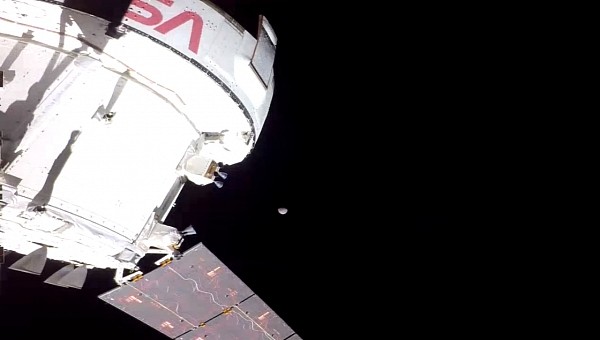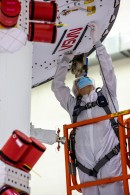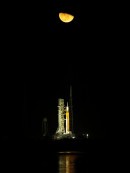Well, folks, so much for Artemis I not making it off the ground. From the moment the world's first SLS rocket lit its main engines, it was a mad dash to Low Earth Orbit and beyond.
Artemis I's Orion crew-rated spacecraft is currently roughly three-quarters complete with what can best be described as the astronomical equivalent of a quarter-mile drag pull. After the first Trans-Lunar Injection (TLI) burn by a human-rated spacecraft in about 50 years, Artemis I is roughly three-quarters of the way finished with its transit to the Moon.
With a minimum altitude of 60 nautical miles (111.12 km) from the Lunar surface, Artemis I will reach a maximum distance of 40,000 miles (64,373 km) behind the dark side of the Moon. Far beyond that of even the most ambitious Apollo mission. It's all in preparation for the Artemis II mission due to make the same trip. Only this time, the Orion capsule will be carrying three Americans and one Canadian on the first dedicated crewed circumnavigation of the Moon since Apollo 11's dress rehearsal of Apollo 10.
This outbound coasting phase may feel like an eternity compared to the breakneck pace of the earlier stages. But rest assured, the goodies on the other side include high-definition images of the Lunar surface in real-time on a scale most human beings have never seen before. All the while, the Lockheed Martin Orion module and Airbus European Service Module have both been working flawlessly during their time beyond Earth's orbit. It's as stupendous of a debut for a crewed spacecraft as we've seen since at least the Space Shuttle and perhaps even Apollo.
As for what happens next? Well, expect a heck of a lot of science and testing on the part of ground personnel to ascertain the effectiveness of every last nut and bolt on this combined spacecraft before its scheduled return date of December 11 this year. Oh, and a bunch of really amazing photographs.
With a minimum altitude of 60 nautical miles (111.12 km) from the Lunar surface, Artemis I will reach a maximum distance of 40,000 miles (64,373 km) behind the dark side of the Moon. Far beyond that of even the most ambitious Apollo mission. It's all in preparation for the Artemis II mission due to make the same trip. Only this time, the Orion capsule will be carrying three Americans and one Canadian on the first dedicated crewed circumnavigation of the Moon since Apollo 11's dress rehearsal of Apollo 10.
This outbound coasting phase may feel like an eternity compared to the breakneck pace of the earlier stages. But rest assured, the goodies on the other side include high-definition images of the Lunar surface in real-time on a scale most human beings have never seen before. All the while, the Lockheed Martin Orion module and Airbus European Service Module have both been working flawlessly during their time beyond Earth's orbit. It's as stupendous of a debut for a crewed spacecraft as we've seen since at least the Space Shuttle and perhaps even Apollo.
As for what happens next? Well, expect a heck of a lot of science and testing on the part of ground personnel to ascertain the effectiveness of every last nut and bolt on this combined spacecraft before its scheduled return date of December 11 this year. Oh, and a bunch of really amazing photographs.













